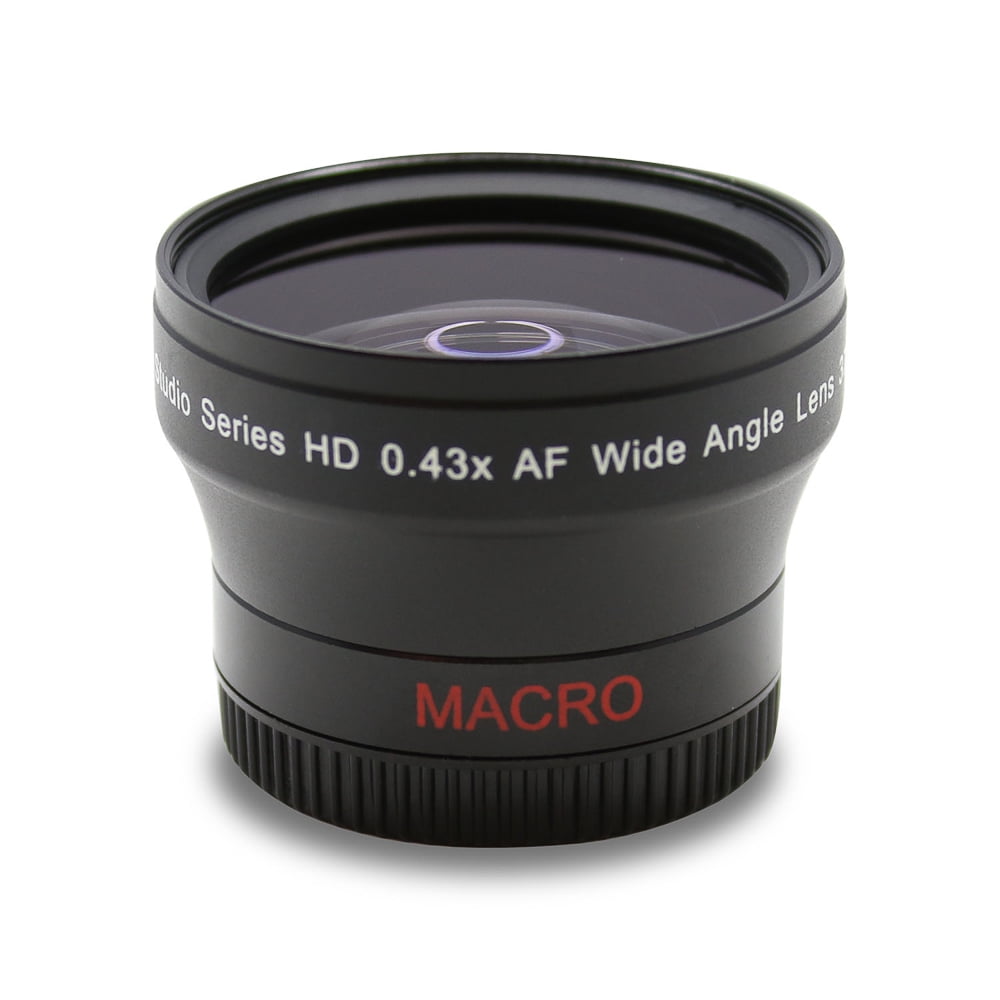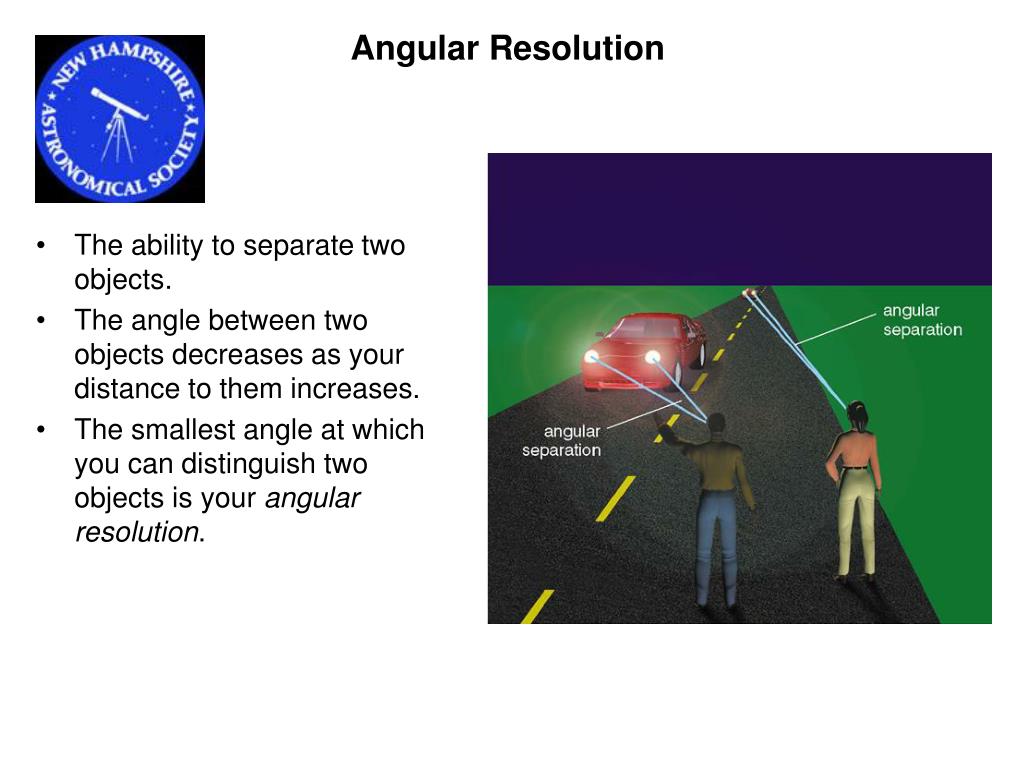

If you're working with an extremely wide angle lens, this may be nearly essential. If you want to improve accuracy, you can start by taking a picture of a flat rectangle with straight lines just inside the angle of view of the camera, then compute the distortion based on the deviation from perfectly straight in the resulting picture. With a fixed focal length lens (especially if it doesn't cover an angle wider than 90 degrees or so) it'll usually be pretty low. With a zoom lens (especially wider angle) you can generally count on that being fairly high. Of course, this is somewhat approximate - its accuracy will depend on how much distortion the lens has. 0153994, and you have its angle from the center (for that camera - for yours, you'll obviously have to use its resolution and angle of view). So, compute the distance from the center (in pixels), multiply by. Telescopes are also limited by diffraction, because of the finite diameter D of the primary mirror. Thus, diffraction limits the resolution of any system having a lens or mirror.

That means each pixel represents 45/2292.19 =. Thus, light passing through a lens with a diameter D shows this effect and spreads, blurring the image, just as light passing through an aperture of diameter D does. In this case, sqrt(1920 2 + 1080 2) gives 2292.19 pixels along the diagonal. For example, let's assume a camera with a resolution of 1920x1080 that covers a 45 degree angle of view across the diagonal. You don't need to know the distance to the object, only the resolution and angle of view of the camera.Ĭomputing the angle requires only simple linear interpolation.


 0 kommentar(er)
0 kommentar(er)
